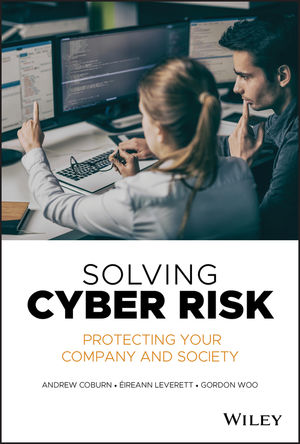Listen to Your Smart Building

Photo by Sean Pollock on Unsplash
You know the saying, “If these walls could talk?” It’s a turn of phrase that is used to describe the many interesting things that have happened in a room or building, despite the occupant not knowing all the details. Imagine the stories that Rockefeller Center or the Chrysler Building could tell if they were able!
Thankfully, we’ve now entered an age where we can analyze what happens in a building and use that data to optimize every day operations. Facility owners and managers today just beginning to grasp the information provided by their buildings’ data. Multitudes of transactions can be captured, correlated, analyzed, and leveraged to create cost efficiencies, enhance visitor or tenant experience, and even generate revenue.
For example, the Downtown Austin Alliance tracks door “unlocks” to gauge the return of workers to Texas’s capital city. The Downtown Austin Alliance provides data so that businesses that rely on workers coming downtown—hair salons, gyms, restaurants, dry cleaners, theaters—can adjust hours, staffing, and offerings.
Similarly, a financial services company uses building data to advise investors in the corporate travel space. By analyzing the percentage change in daily active access control users by factors such as city, state, and industry — as well as the pandemic’s impact on daily commercial property usage — the company helps its clients tailor their investments.
Access control is one of the many aspects of a smart building that can help divulge certain aspects of the day-to-day that would go otherwise unnoticed. Cloud-based systems can capture successful and failed access attempts by person, door, department, time of day, access permission, building, campus, country, region, or so on. At the building level, the data might show what areas require less heating or cooling at certain times since they receive little traffic. Across a corporate campus, it might show where employees tend to prop open doors during break time, suggesting that security might wish to deploy an officer there at specific times. Across an entire organization, it might reveal which type of access control is most reliable and effective — say smart card versus mobile versus face recognition.
However, confining building data to access control is outdated. Today’s smart buildings are filled with sources of lucrative data. On the security side, video surveillance, alarm systems, intrusion sensors, and other tools yield abundant information. Beyond that, the data sources are practically innumerable: HVAC systems, electricity use, air quality, humidity, occupancy, room use, maintenance requests, parking, and so on. As the sources increase, the possible insights increase logarithmically. We are just starting the age of big building data.
In fact, on top of access control, the most common updates to building include The most common additions and upgrades include visitor management systems (32 percent), upgraded access control (30 percent), access control integrated with new applications (29 percent), and biometrics (18 percent).
Several non-security features appear as well: hoteling/desk-booking applications (11 percent), room reservation applications (10 percent), and tenant/resident experience apps (4 percent). Those non-security features underscore the phenomenon of access control and other Proptech applications increasingly sharing the same platform.
If your building could talk, what would it say, and what would you do after listening to it?
Looking for a reprint of this article?
From high-res PDFs to custom plaques, order your copy today!






-(1).jpg?height=200&t=1639404922&width=200)


